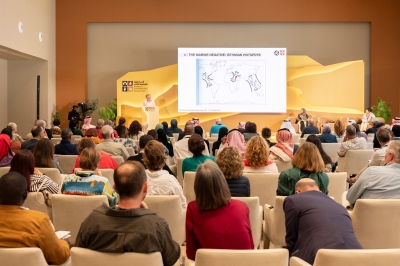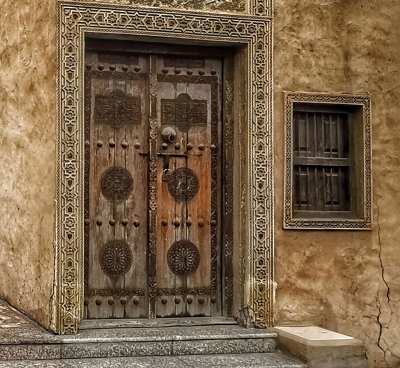
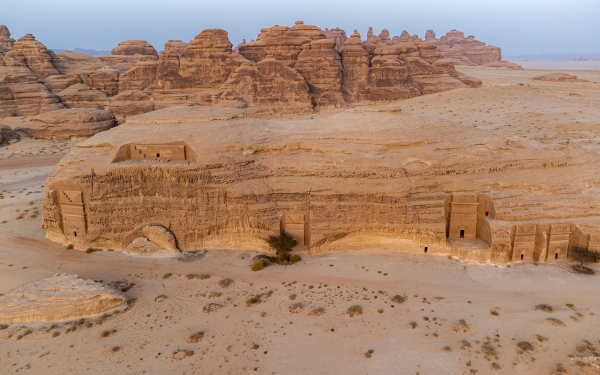
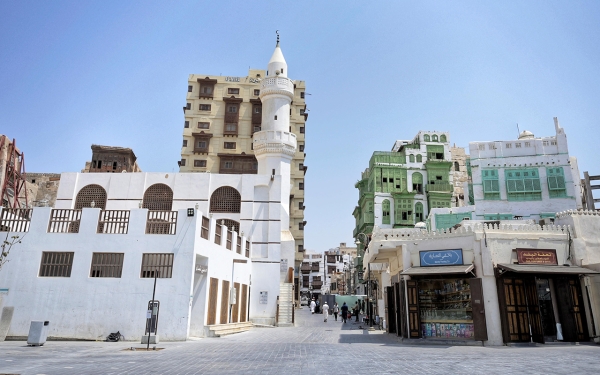
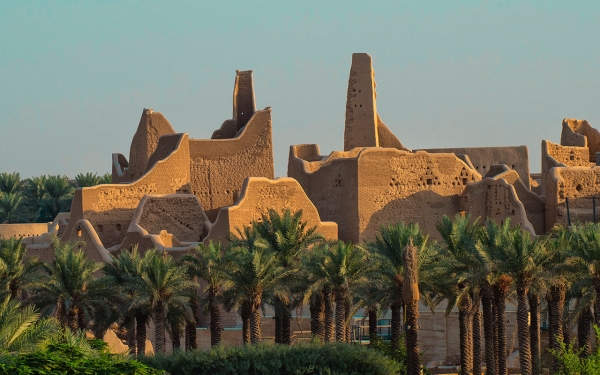
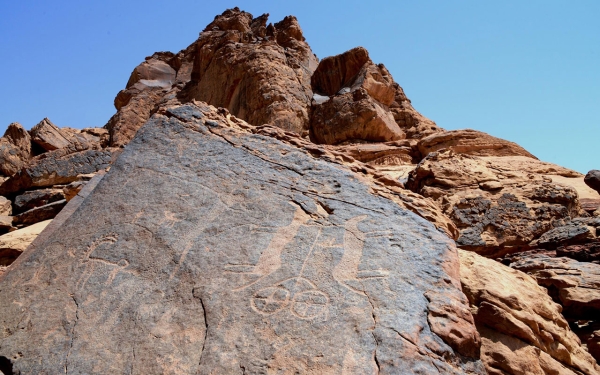
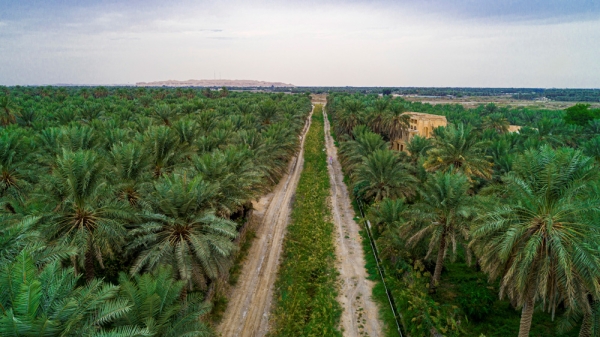

The United Nations Educational, Scientific, and Cultural Organization 'UNESCO' inscribed eight Saudi locations in its world heritage list; namely: al-Hijr Site (Mada'in Salih), at-Turaif Neighborhood in Historic ad-Diriyah, Historic Jeddah, Rock Art in Jubbah and al-Shuwaymis, al-Ahsa Oasis, Hima Cultural Area in Najran, Uruq Bani Ma'arid Reserve, and the Cultural Landscape of al-Faw Archaeological Area, south of Riyadh Province.
Al-Hijr (Mada'in Salih)
The first Saudi site to be inscribed on UNESCO's World Heritage List in 2008. It is located in al-Ula Governorate and features ancient inscriptions from the Lihyanite Kingdom and numerous cave drawings dating back to 1700 BCE. It also encompasses 851 cultural and natural sites.
At-Turaif Neighborhood
It is located in the Historic Diriyah, Riyadh Province. It is considered a prominent historical site, as it was the headquarters of the rulers of the First Saudi State and is one of the largest mudbrick cities in the world. It was inscribed on the World Heritage List in 2010.
Historic Jeddah
Located in the heart of coastal Jeddah City, it encompasses the remnants of Jeddah's old city wall, gates, neighborhoods, markets, historic buildings, landmarks, squares, private museums, and historic mosques. It was inscribed on the list in 2014.
Rock Art in Jubbah and al-Shuwaymis
This site is located in Hail Province; within Jabal Umm Sinman at Jubbah, and Jabal al-Manjor and Raat at al-Shuwaymis. It is renowned for its petroglyphs and their craftsmanship. Jabal Umm Sinman features several Thamudic inscriptions and drawings depicting daily life. It was inscribed on the list in 2015.
Al-Ahsa Oasis
The oasis is located in al-Ahsa Governorate in the Eastern Province. It is the largest palm oasis in the world, encompassing 2.5 million palm trees. Its natural elements include mountains, caves, springs, canals, wells, and agricultural meadows. Additionally, the oasis is rich in heritage locations and buildings. It was inscribed on the list in 2018.
Hima Cultural Area
It is located in Najran Province, spanning an area of 557 km. It is one of the largest rock art complexes in the world, as it contains 550 rock art images. It also encompasses thousands of inscriptions in ancient scripts like Thamudic, Nabataean, and South-Arabian Musnad. The site was inscribed on the list in 2021.
Uruq Bani Mu'arid Reserve
On September 20, 2023, it was announced that the Uruq Bani Mu'arid Reserve was inscribed on the World Heritage List, as the first natural world heritage site within the Kingdom of Saudi Arabia. The reserve is located along the western edge of ar-Rub' al-Khali (Empty Quarter), spanning over 12.787 km. It encompasses nearly 120 species of native wild plants, in addition to endangered wildlife animals, including the world's only free Arabian oryx (Oryx leucoryx), herd, as well as mountain gazelles (Gazella gazella) and the Arabian sand gazelle (Gazella marica).
Al-Faw Archaeological Area
In 2024, it was announced that the Cultural Landscape of al-Faw Archaeological Area, located south of Riyadh Province, has been inscribed on UNESCO's World Heritage List for being a cultural site with exceptional value for human heritage. The site is in Wadi ad-Dawasir Governorate, south of Riyadh province, spanning a protected area of fifty km, surrounded by a buffer zone with an area of 275 km, on the intersection of ar-Rub' al-Khali (Empty Quarter) and the terrain of Tuwayq Mountains, forming a narrow passage known as 'al-Faw.'
Related quizzes
